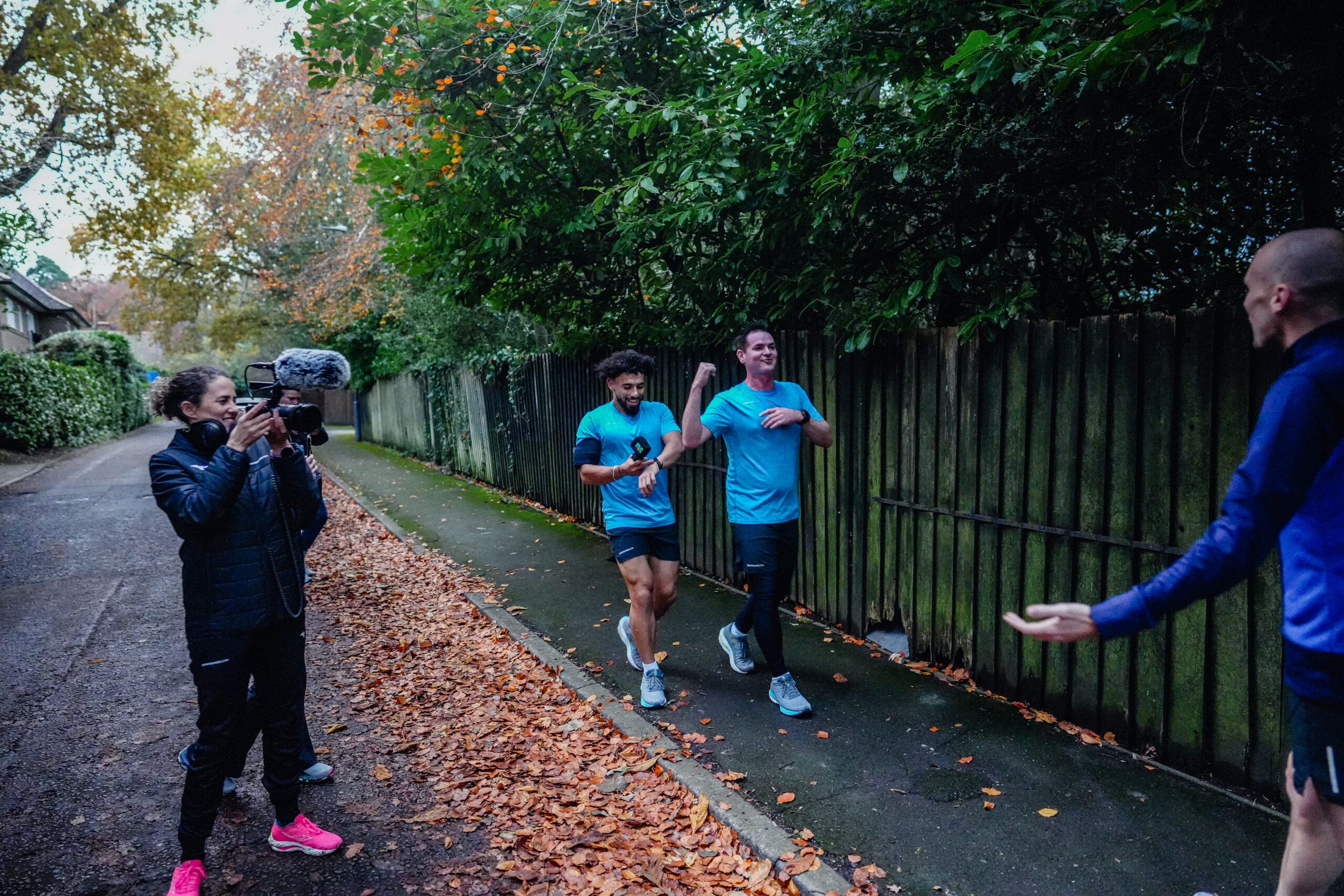Why did the London Marathon winner wear old shoes?

Kelvin Kiptum crossed the finish line in London to become the second fastest marathon runner of all time and set the course record. These headlines might mean that you missed what he was wearing on his feet and why that could potentially be more newsworthy.
As a Nike-sponsored athlete, Kiptum has his pick from all the latest gear but rather than running in the recently-released Vaporfly Next% 3, he opted for its predecessor, the Next% 2. That shoe is two years old and Kiptum’s choice seems to confirm the mutterings from other elite runners that perhaps the latest iteration doesn’t inspire the same confidence as the first two versions.
Even for sponsored athletes there are lots of options, with second placed Geoffrey Kamworor wearing Nike’s new Alphafly prototype that will be hitting the shelves later this year. So perhaps confidence plays a part in shoe selection – Kiptum ran the fastest marathon debut in history at the Valencia marathon in 2022, where he also wore the Next% 2. Why change a winning formula? The same shoes have also now helped him to run the two fastest second halves in marathon history – earning him those elusive negative splits!
So while Nike say that their ZoomX foam – their midsole material that has revolutionised running shoes since its introduction – remains the same, they have clearly changed something in its construction. We noticed it not feeling as snappy at higher paces as the previous models, in our review, which echoes the sentiments from both other Nike athletes and unsponsored elites.
It’s not all bad news though as you can now buy the Nike Vaporfly Next% 2 at highly discounted prices, knowing that the athletes still lace up that shoe when they need to go fast.




























Running News
Paris 2024 Olympics Running Schedule
What Are Olympic Medals Actually Made From?
On Cloudboom Strike LS Initial Thoughts